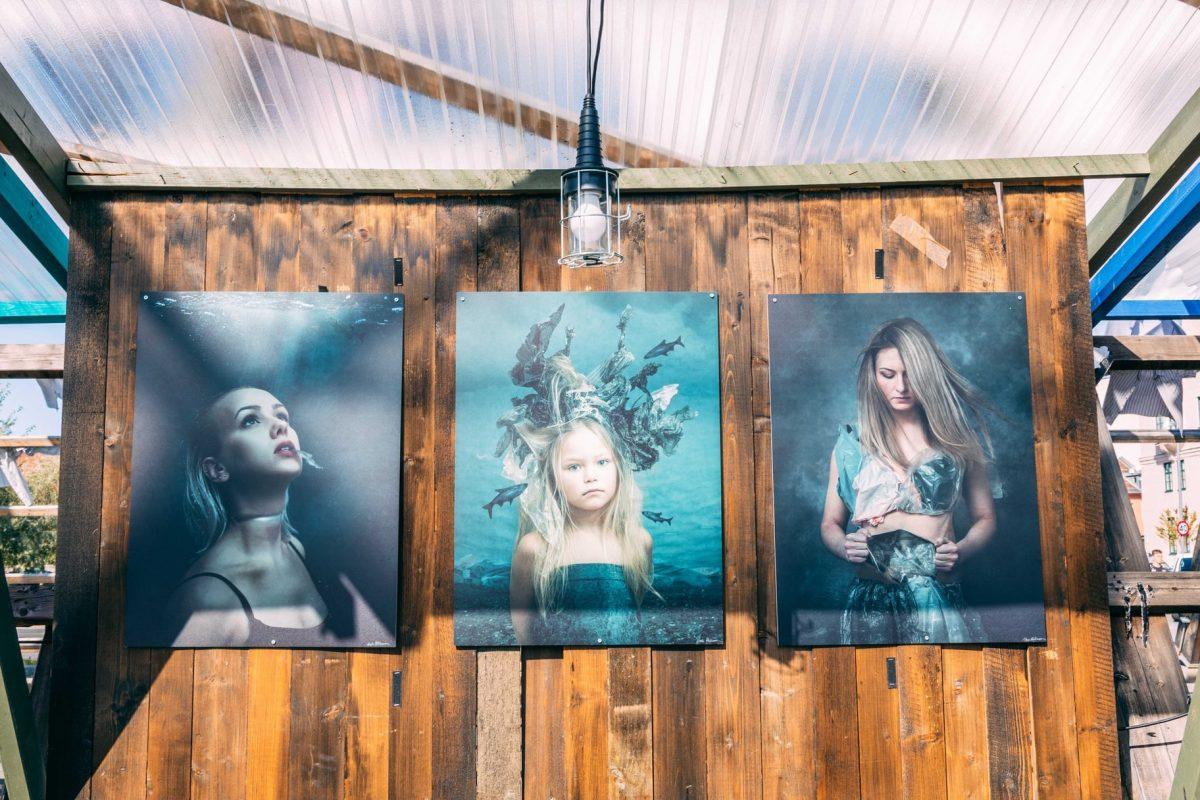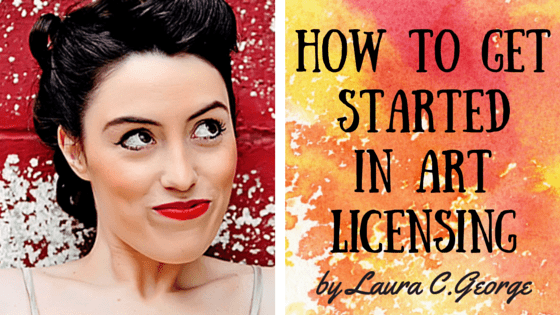
How to start licensing works of art

About our guest blogger: artist and art business consultant from Raleigh, North Carolina. After leaving a tedious corporate job, she discovered that her passion was helping other artists succeed by bridging the gap between making art and making money from art. She has a blog full of art business tips ranging from how to create a portfolio page в Working with different types of art clients.
She shares her expert advice on how to close an art licensing deal:
One of the most interesting ways for an artist to make money is to print their work on products and sell it in retail stores. Walking through a popular store and seeing your art on the shelves is a thrill! This is done through art licensing, which essentially rents out your art to a producer.
COLLECTIONS
If you are interested in art licensing, I recommend that you organize your work into several small collections. It is often more difficult to get a producer interested in using one of your works than in using a small collection of your works. So it's important that you take the time to put together the pieces that work with each other.
You will need at least one collection of works that fit together (although it doesn't have to match), preferably ten to twelve pieces of art. When you show ten pieces of art to a manufacturer, it's called a Style Guide. It's a standard thing in the industry. You can enter into licensing agreements without any style guides, but if you have them, you will look more professional and more likely to get a good licensing deal.
AUTHOR'S
No reputable manufacturer will sign a contract with you without making sure you have copyrighted the work in question. This presents a problem for many artists because copyright registration can be expensive. Over time, I've found that it's a good compromise to register a series of works as a "collection" (whether they're actually a collection or not) before you show any of those works to a producer for review.
It would technically be possible to wait until the works are selected for a licensing deal, but the U.S. copyright registration process often takes 6–8 months. In the meantime, you and the manufacturer may have already negotiated and entered into a mutually beneficial contract that you cannot sign until you receive these registrations. So this path is a bit of a gamble. It may take the same amount of time to discuss the contract, but negotiations may be held in advance, which may delay the contract or even jeopardize the deal.
SEARCH FOR MANUFACTURERS
Of course, you can't make a deal if you don't even know who to contact. It's surprisingly easy to find manufacturers if you know where to look. Here are my three favorite ways:
1. Other artists
Look for artists with the same target market as your art. Their art may not match yours, and that's okay. But they need to have a similar audience or you might be reaching out to manufacturers who won't think your art will suit their retailers.
When you find these artists, check out their website and see if they talk about the companies they license with. If you can't find anything, don't be afraid to email or call them. Usually artists in the licensing world are not as cutthroat as many artists in the gallery world. They tend to be more friendly and generous towards other artists and feel that there are a lot of licensing deals to work around.
You can also search the artist on Google to find products that feature their art and find out who made those products.
2. Google
Speaking of Google, you can find manufacturers just as easily by searching for the type of product you want to print your art on. For example, when I searched for "snowboard manufacturer", the first page of results showed several lists of popular snowboard brands and manufacturers, as well as Mervin, a popular eco-friendly board manufacturer.
You may have to play around with the search terms a bit, but you can find manufacturers using this technique fairly quickly and then browse their websites or call them for instructions on submitting your art for consideration for their products.
3. Go shopping
By far my favorite way to find manufacturers is to go shopping. Wander around your favorite stores and pick up groceries. Although many products with a picture do not mention the manufacturer, you can almost always find some information to go on. If you pick up a mug with a cool design and think your art would look just as good on that mug, you can flip the mug over and see what information is on the bottom. This may be the name of the artist (although this is rare), a trademark, or the name of the manufacturer. Or you can find this information on the packaging.
Whatever information you find, you can always upload it to Google and try to find out more from there. For example, if you find a brand but you're sure it doesn't manufacture its own, you can search for that brand on Google and see who their suppliers are.
LAST COUNCIL
My last word of wisdom when you start licensing your art, never be afraid to ask. Call the company, talk to the administrator. You don't even have to give your real name if it makes you nervous. Ask them how to introduce new art to them or if they make their own products.
Call the artist and ask them who they license with or how they enjoyed working with a manufacturer you're not sure about. Negotiate with the manufacturer, don't just take the first deal they offer you - ask them what you want.
You won't always get everything you want, and sometimes you may not even get answers, but asking doesn't hurt and can often help a lot.
Cast aside your fears and take action. Licensing is not an industry where only the most elite and most accomplished artists can succeed. This is an industry that rewards professionalism and work that sells well, so any artist can find their niche and have a wonderful stream of income from art licensing.
Interested in learning more from Laura S. George?
Visit the site to learn more about building a thriving art business and subscribe to her newsletter. You can also contact Laura for more tips and advice on how to succeed in a career in the arts on your own terms.
Leave a Reply